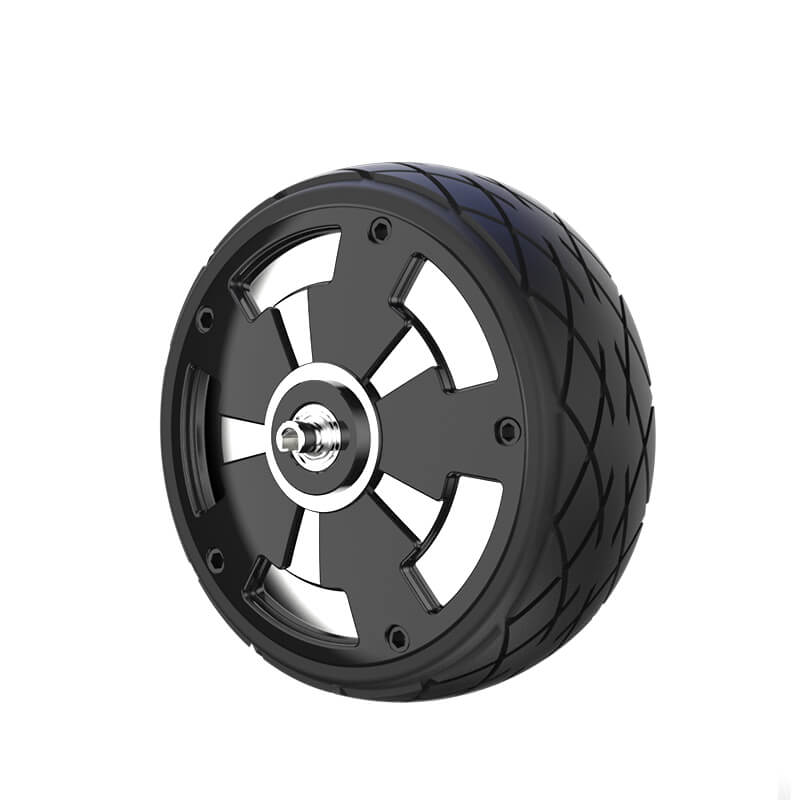Getting your microservices chatting smoothly via REST isn’t just a dash of code—it’s like orchestrating a delicate dance where every step matters. Imagine trying to sync different players, each with their unique rhythm, but all needing to perform in harmony. That’s where understanding how to attach to a microservice using REST becomes a game-changer.

The first thing to realize is that REST isn't some mysterious voodoo; it’s a simple yet powerful set of conventions built on standard HTTP protocols. When you want to connect, think of it as sending a message—or a request—asking for what you need. For instance, sending a GET request to fetch user data from a microservice—no fuss, no fuss. And with POST, you send data to be processed—like submitting an order or updating a record.
Now, in real-world scenarios, the challenge is how to structure these requests so they feel natural and efficient. Well, one trick is to craft clear, logically structured URLs. Think of URLs as map directions—short but descriptive enough to tell the microservice exactly what spot you’re heading to. Imagine calling an endpoint like /api/users/12345—that’s pinpoint precision. And if you’re adding new data, a POST request to /api/users with a meaningful JSON payload makes it straightforward.
Ever wondered how to keep things smooth and avoid errors? Consistency. Use standard headers, like Content-Type: application/json, so your requests are understood every time. When you’re dealing with authentication, tokens are your friends—think of them as VIP passes, granting you access without a hassle.
One thing that trips up many right out of the gate is handling responses. A typical scenario—wait for a response, check the status code, and parse the data. For example, a 200 OK with a JSON body means success, but a 404? Maybe the resource is missing. The key is to plan for all these twists. Proper error handling isn’t just good practice; it keeps the whole system resilient.
Thinking about scaling and security? Using HTTPS for encrypting data, implementing rate limiting, and adding authentication layers keep things tight. But, at the core, it’s about how you set up your requests and manage responses—like tuning a well-oiled machine.
Sometimes, people get stuck on how to attach securely. Think of REST connection setup like establishing a handshake—you want all parties to be confident. OAuth tokens or API keys are the handshake protocols that ensure safety and integrity.
There’s a natural curiosity: How do you debug when things go wrong? Log everything. When a request fails, detail what was sent, what was received. It’s like having a conversation record—you’ll see where the breakage happened, whether it’s a typo, a misstep in URL, or a missed header.
To sum it up—attaching to a microservice with REST is less about memorizing steps and more about understanding how all these pieces fit together. When the request flows smoothly, your system operates like a well-oiled whirring engine. And that’s what makes your services reliable, scalable, and ready for the future.
Remember, it’s not just about making a connection—it’s about building a communication bridge that stands the test of time, load, and complexity. The better you craft these connections, the more seamless your microservices orchestration becomes. That’s the magic of REST—simple, effective, and built for developers who want things to just work.
Established in 2005, Kpower has been dedicated to a professional compact motion unit manufacturer, headquartered in Dongguan, Guangdong Province, China. Leveraging innovations in modular drive technology, Kpower integrates high-performance motors, precision reducers, and multi-protocol control systems to provide efficient and customized smart drive system solutions. Kpower has delivered professional drive system solutions to over 500 enterprise clients globally with products covering various fields such as Smart Home Systems, Automatic Electronics, Robotics, Precision Agriculture, Drones, and Industrial Automation.




































